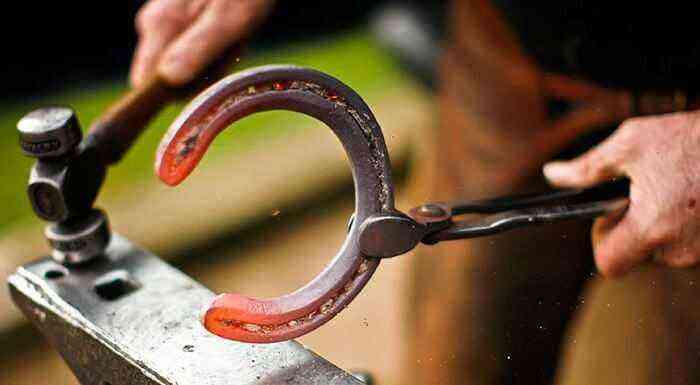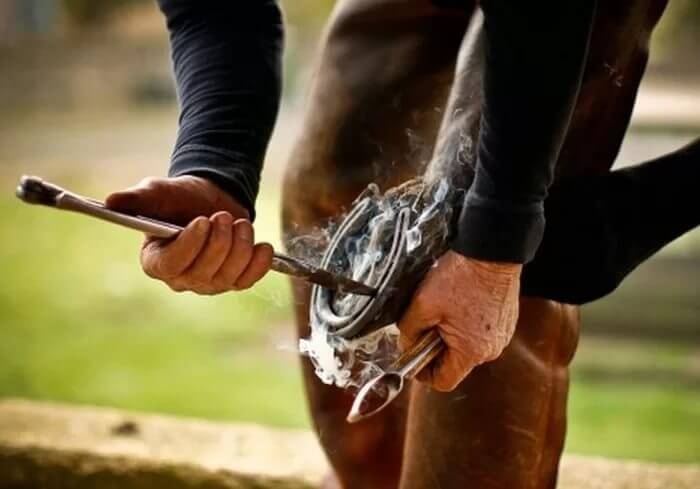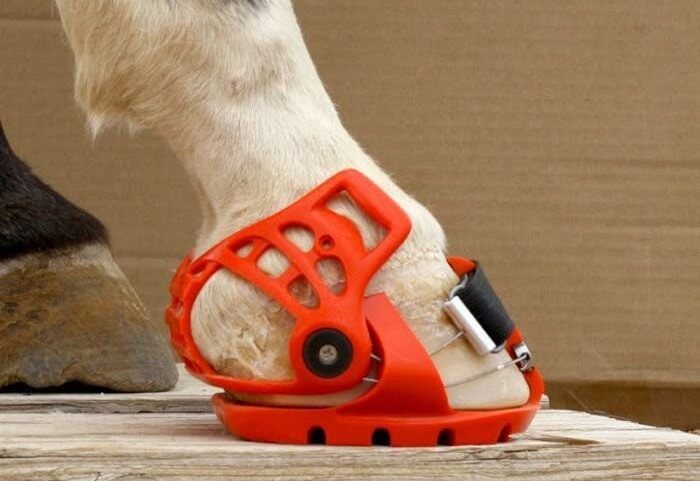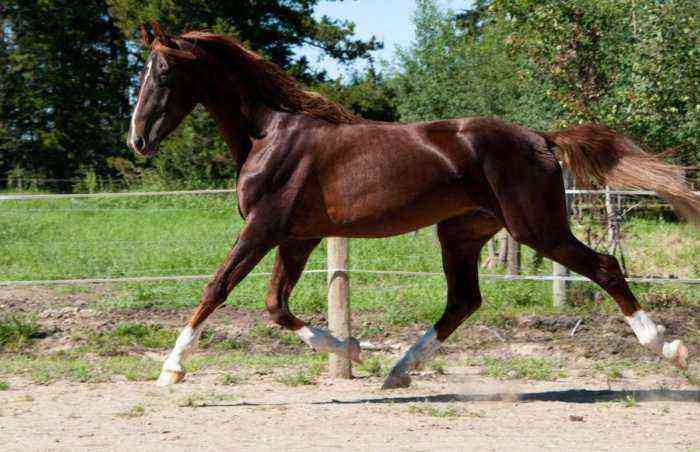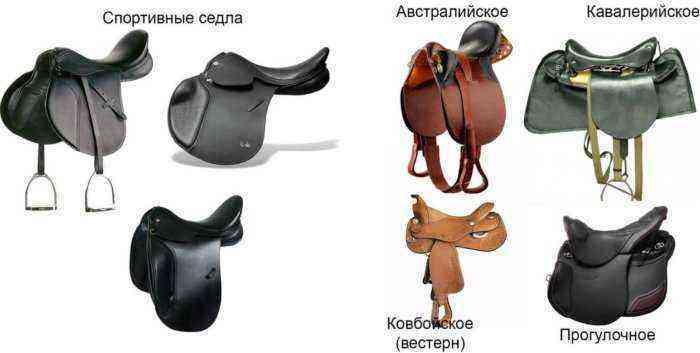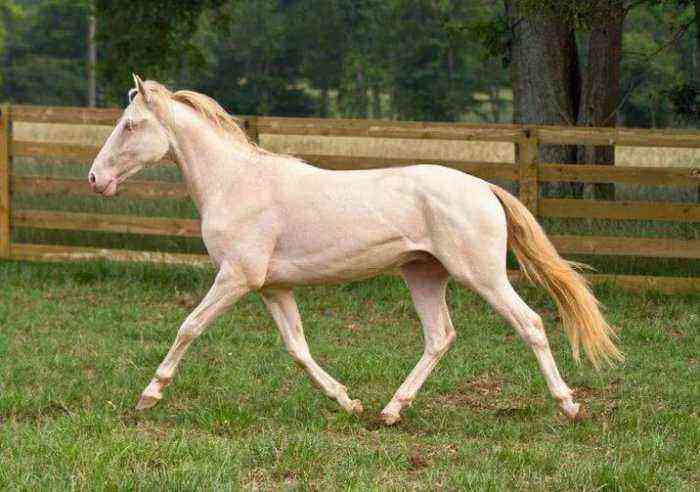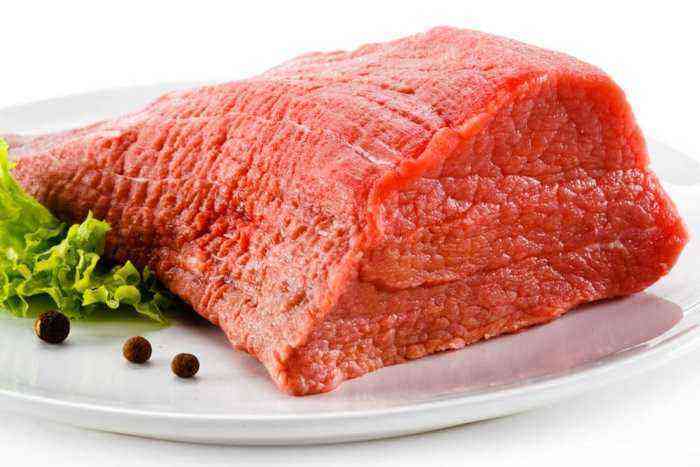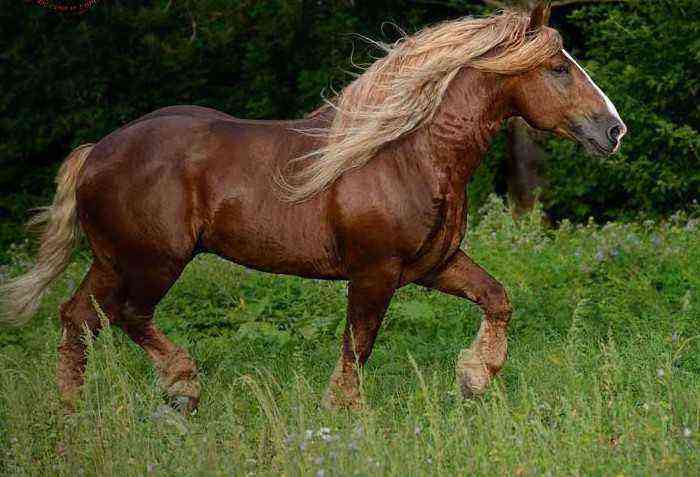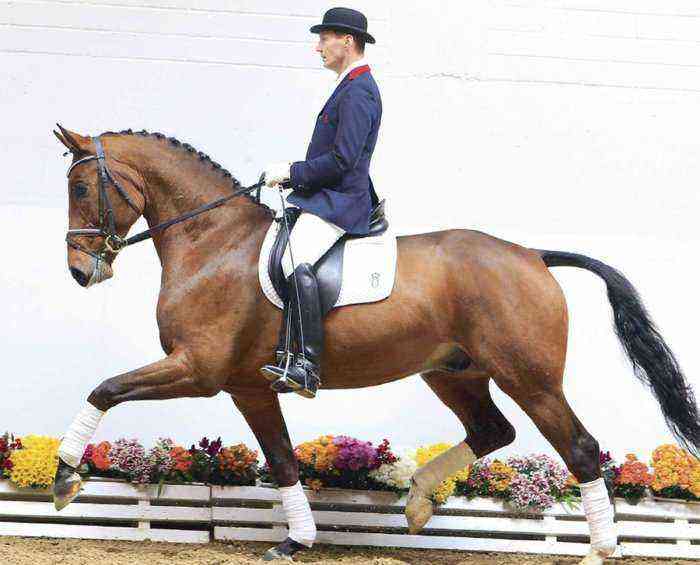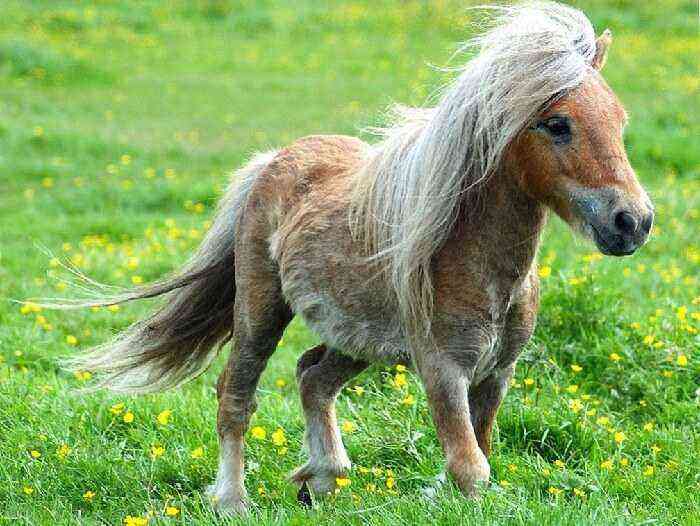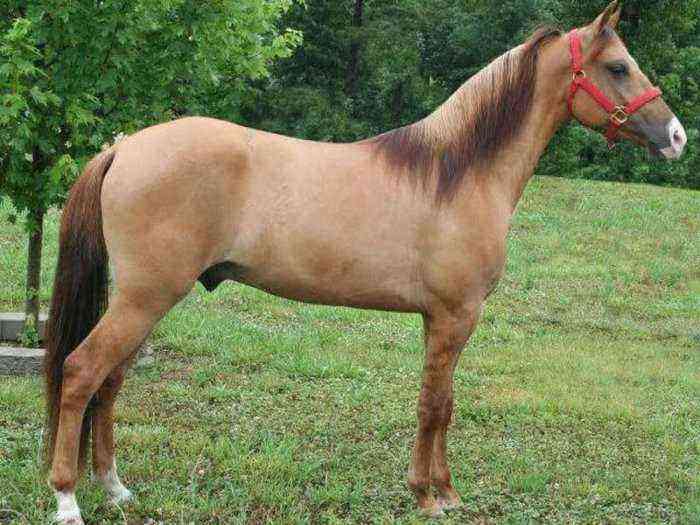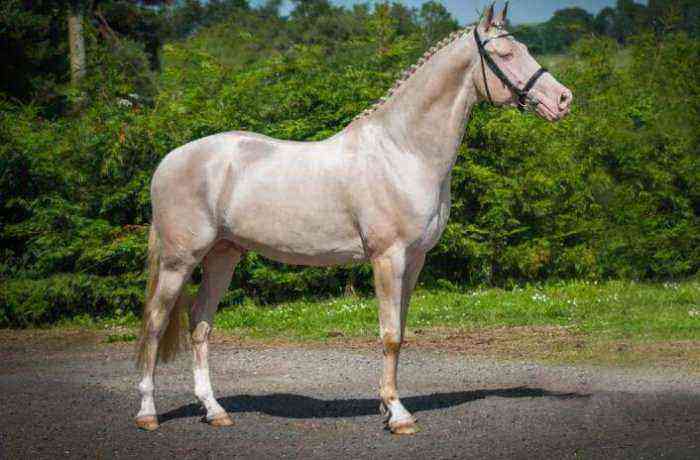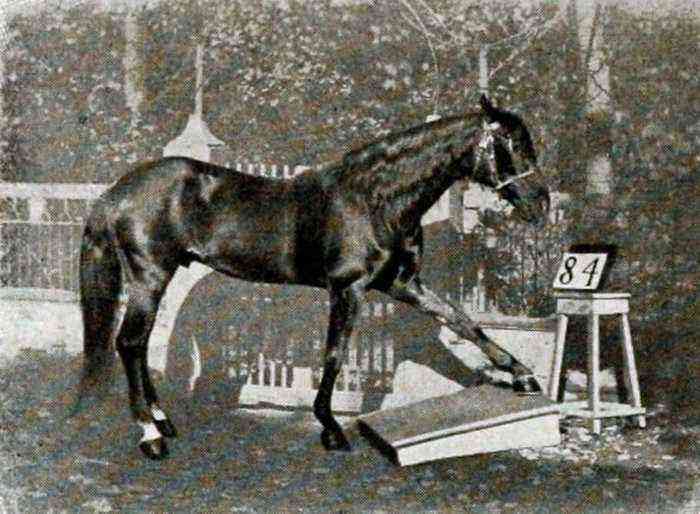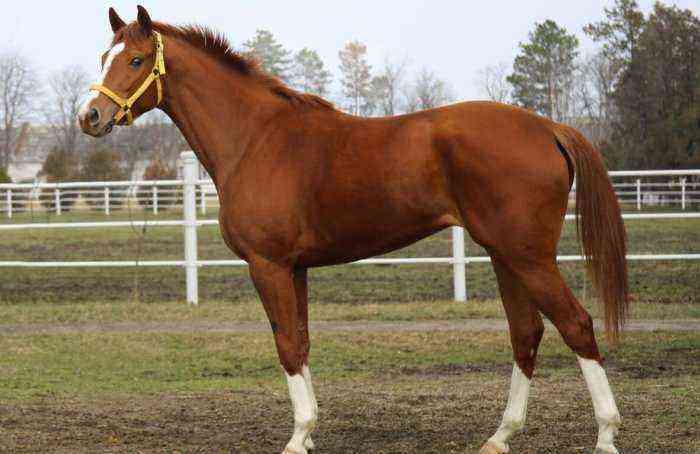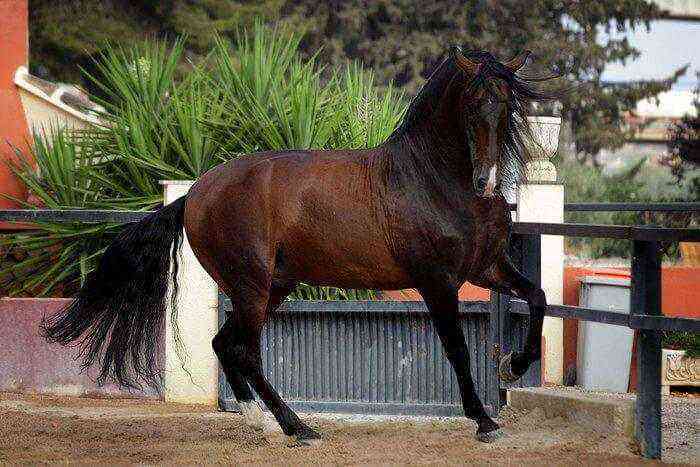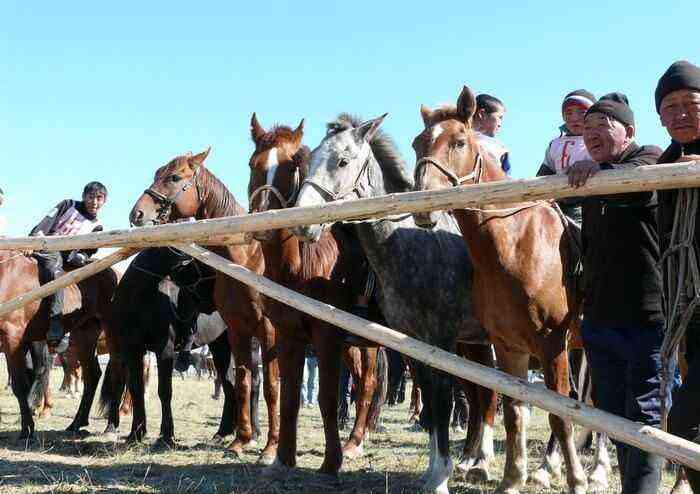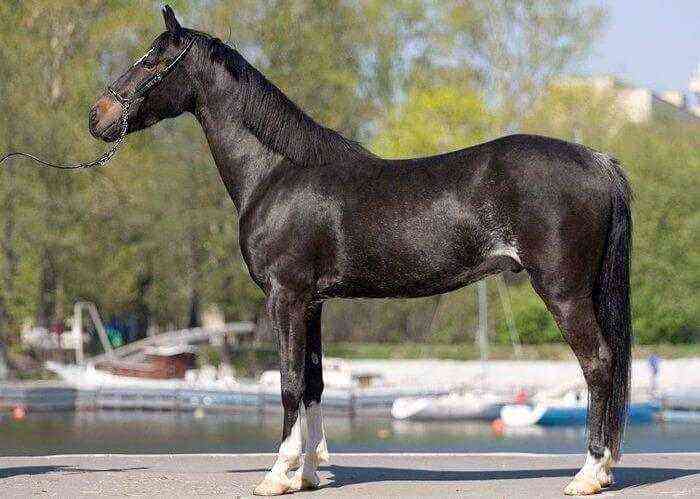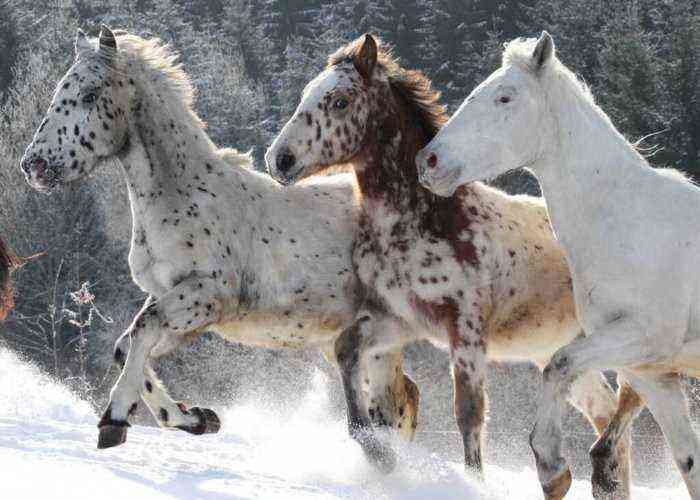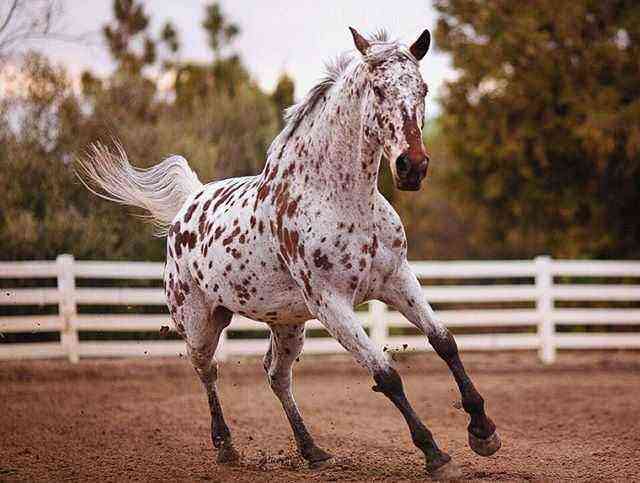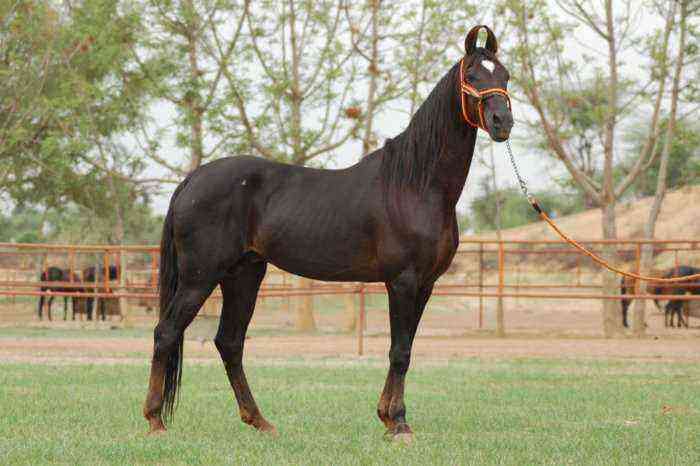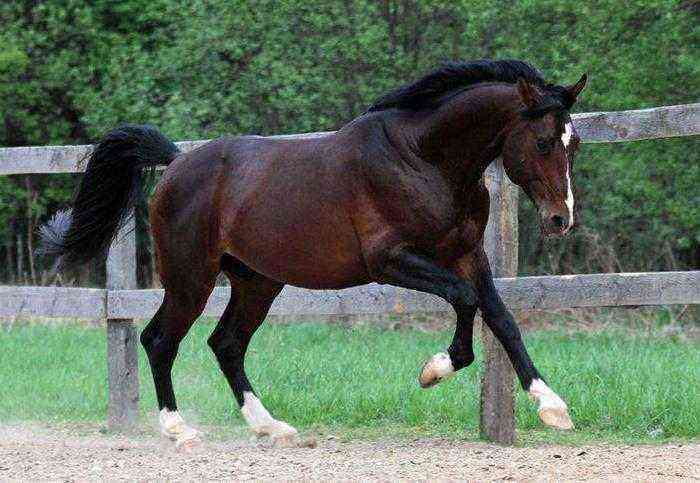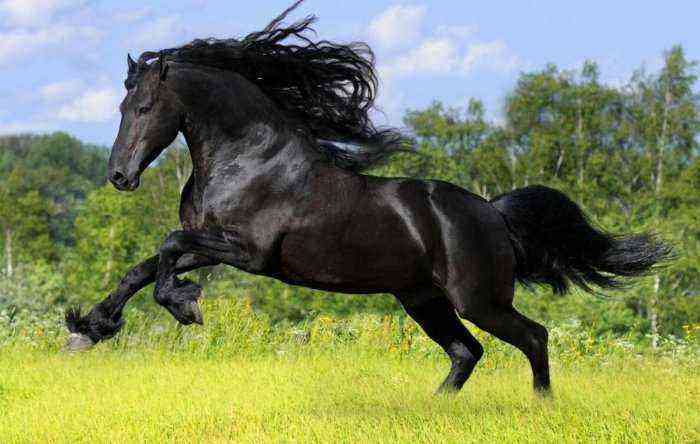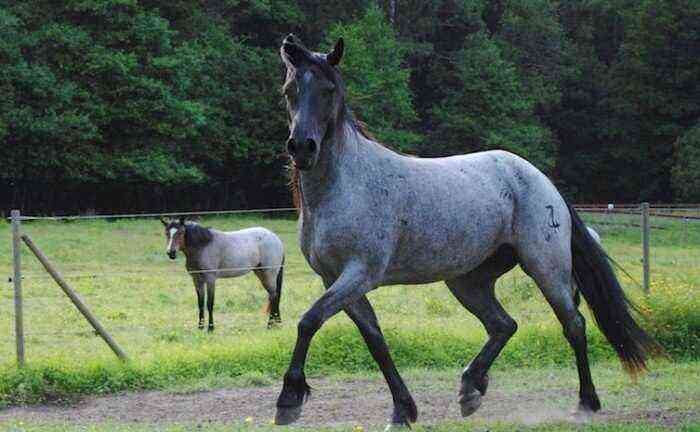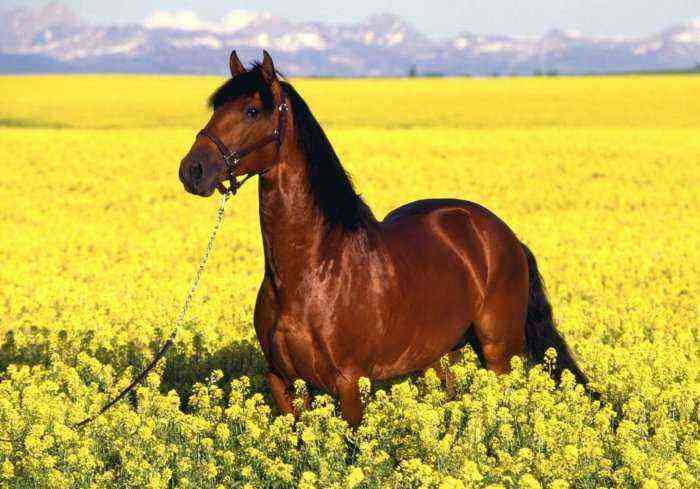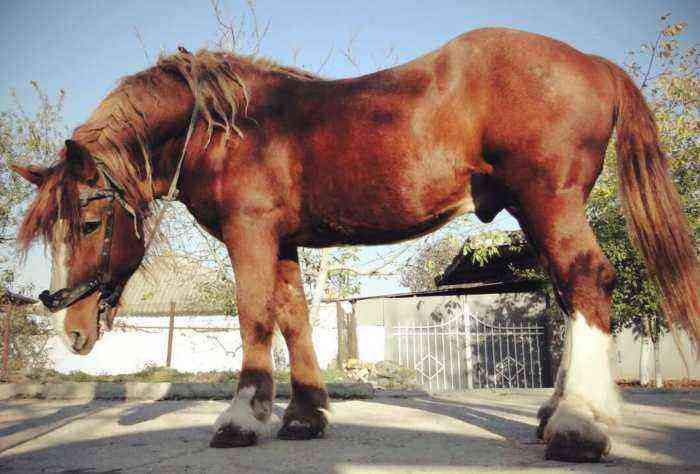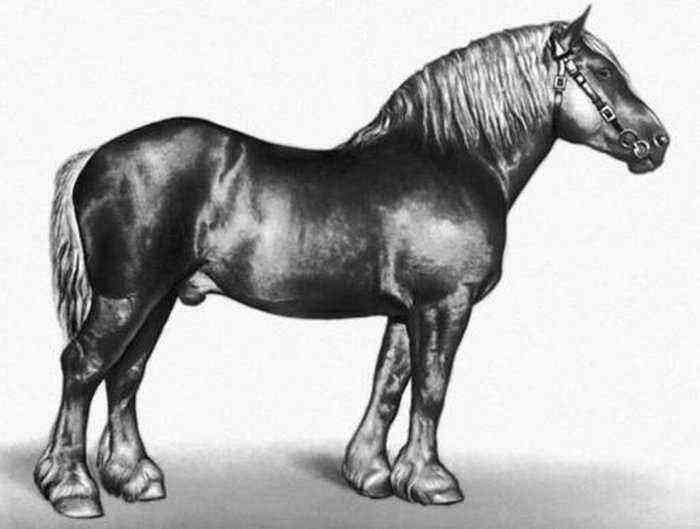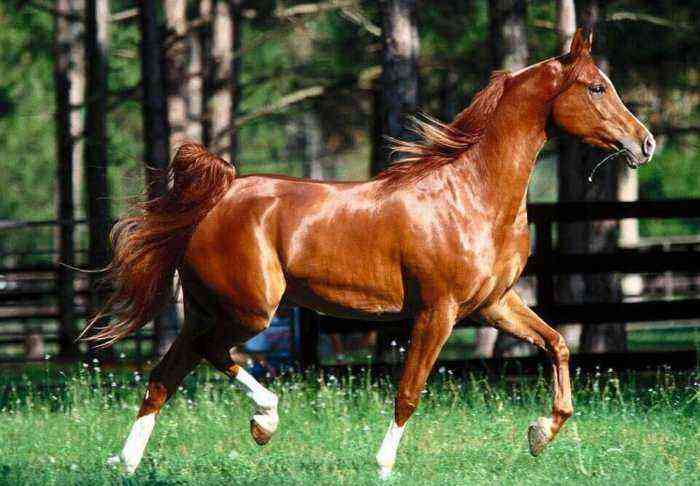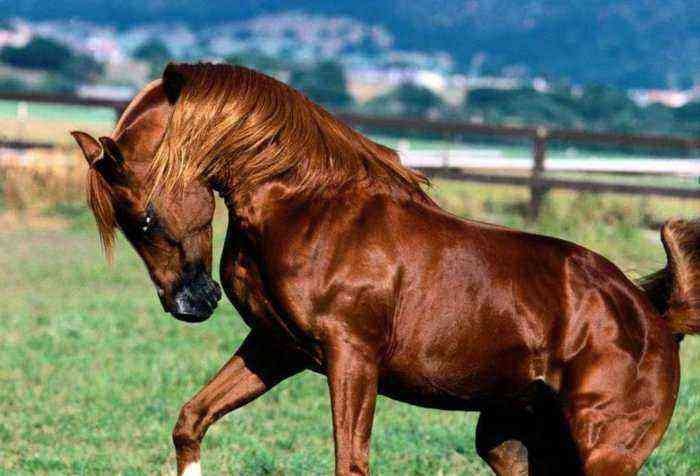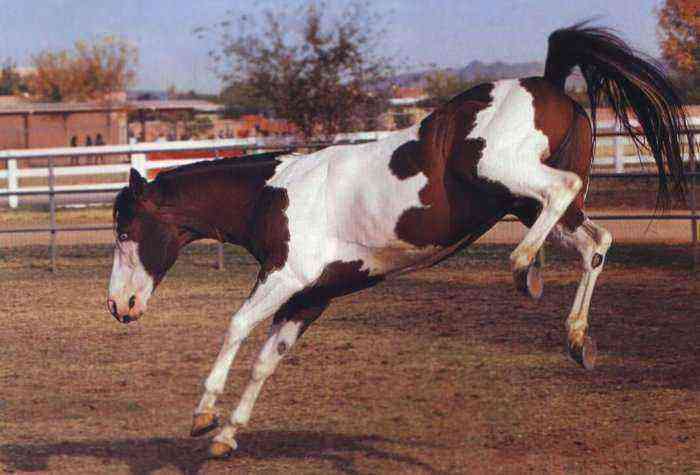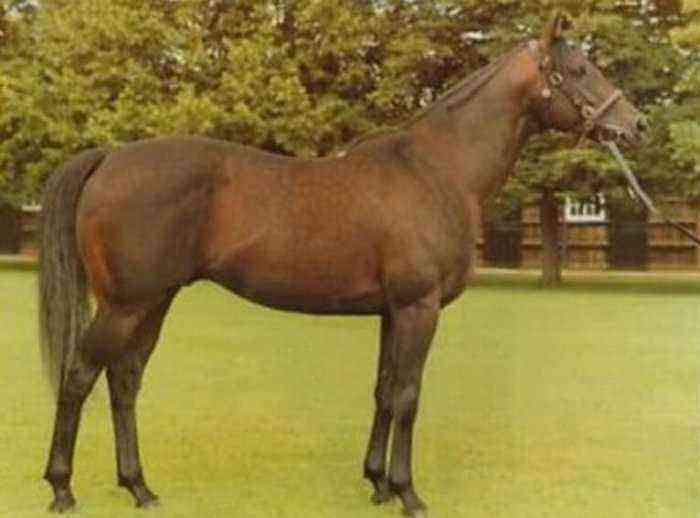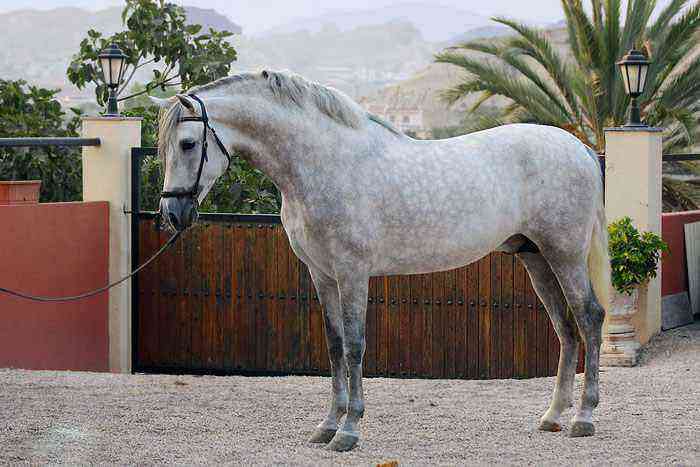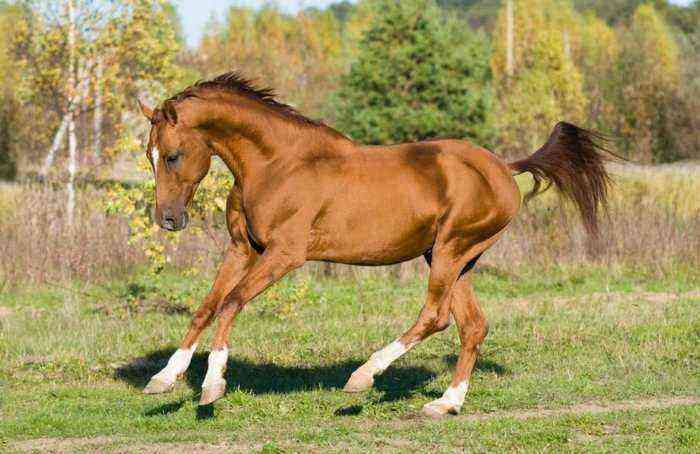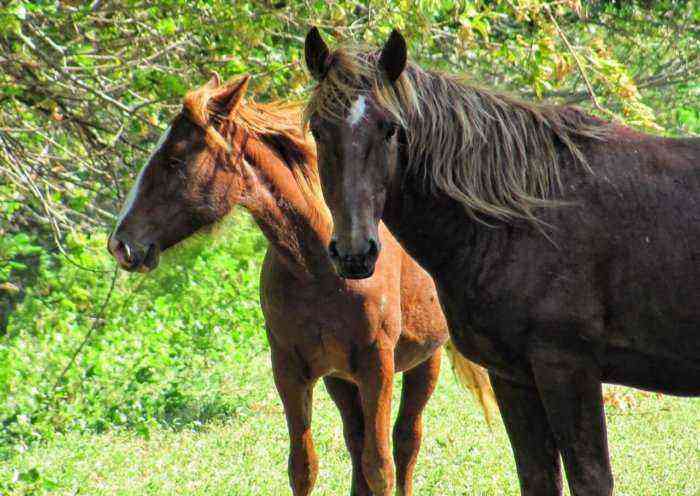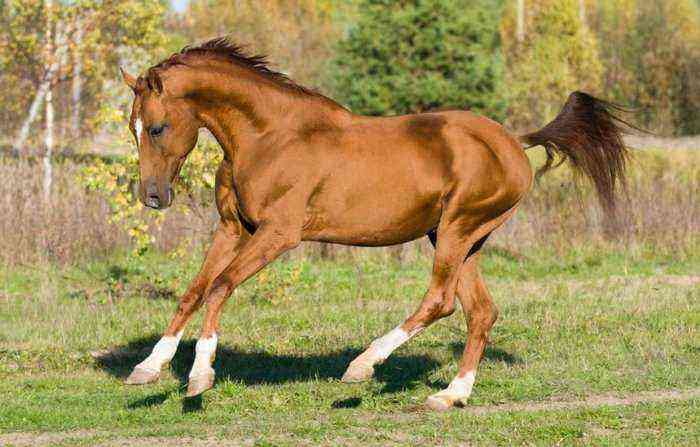Various options for horseshoes are designed to protect the horse’s hooves from damage and injury. This procedure has been practiced by horse owners for more than 1,5 millennia. But despite the fact that it is carried out easily and naturally by masters, the process of forging raises many questions for ordinary people. For example, many are interested in whether it hurts horses when their hooves are shod, and why they do it at all.
horse hooves
Why are horses shod?
All modern breeds of horses originally descended from wild horses, whose ancestors appeared much earlier than humans. For thousands of years, they lived in natural conditions and moved freely without horseshoes. Then why did they start shoeing such animals? The answer to this question requires consideration of the way of life of wild and domesticated horses.
Wild horses live in the steppes and forests. They move mainly on unpaved surfaces, carefully bypassing bumps and areas with sharp stones. In addition, under these conditions, the animal can actively move at will, which not only eliminates damage to the hooves, but also helps to strengthen the tissues that make them up.
The life of horses from the stables implies completely different conditions:
- Animals move with a rider on their back. Accordingly, excess weight creates an additional load on the horny tissue of the hooves.
- The direction of movement for the horse is set by the rider. As a result, the horse unintentionally steps on sharp stones, moves along asphalt and mountainous areas. All this contributes to the abrasion of the horn of the hoof, the appearance of cracks in it.
- Physical activity in stable horses is minimal. This greatly aggravates the situation. The hoof tissue receives a minimal amount of blood and the soles are not strengthened naturally.
Attention! When damage occurs to the hoof of an animal, dirt and manure are stuffed into the cracks that have arisen on it. Such fractions contain pathogens of various diseases and other infections. As a result, inflammation of the tissues of the hoof and legs develops.
The horseshoe, just acts as a solution to these problems. It plays the role of shoes for horses and performs the following functions:
- protects the horny tissue of the hooves from damage;
- corrects the shape of a half-worn hoof, which prevents further erasure;
- facilitate the movement of animals in which limb injuries are traced;
- prevent slipping on wet and icy sections of the road;
- improve the quality of movement of living creatures in general.
At the same time, the design of the horseshoe is designed specifically for the structure of the horse’s hoof, which implies minimal discomfort for living creatures.
horseshoe design
The structure of the horse’s hoof
Without knowledge of the structure of the hoof, it is not possible to properly shoe a horse. Moreover, such an attempt can only additionally damage the “shoe” of the animal, which will disable the horse for some time.
The horse’s hoof consists of external and internal parts. External includes the following elements:
- Sole. It is a flat formation of keratinized tissue. Responsible for protecting the inside of the hoof from injury.
- Wall. It is located around the horn capsule and protects the meat part from lateral damage. Also involves a layer of horny tissue.
- Arrow. Consists of the same fabric as the sole, but more elastic. It complements the protection of the hoof. In addition, it reduces the momentum from hoof strikes on the ground.
- Border. It is a skin layer that plays the role of a transition between the hoof and the leg.
The inner part includes the following components:
- Sensitive outsole.
- Meat whisk.
- Pterygoid cartilages.
- Sensitive arrow.
- Crown ring.
The role of the meat part of the hoof is to nourish the keratinized tissues of the outer part. It is worth noting that the nerve endings pass precisely in the inner part of the horn capsule, but they are not in the outer one.
Does a horse feel pain when he is shod?
Knowing the structure of the hoofed part, it is much easier to answer the question of whether the animal hurts during shoeing. With the correct organization of the process, the horse does not feel pain. All fasteners are driven exclusively into the outer horny part of the hoof, where nerves are completely absent.
Shoe a horse
The situation is different if the process is implemented incorrectly. In this case, the blacksmith risks damaging the meat part, which is fraught not only with pain for the animal, but also with bleeding. Such errors in work can lead to lifelong lameness of the horse.
To avoid these consequences, the masters always focus on the white line of the hoof. This element of the “shoe” indicates the thickness of the horny tissue and the border of the meat part.
How to shoe a horse yourself?
The process of shoeing a horse requires certain experience and knowledge from the performer. But if you study the issue in detail and practice, it is quite possible to learn such work. The main thing is to strictly follow the instructions.
Varieties of horseshoes
The cornerstone in the process is the correct choice of the type of horseshoe. The most general classification of such products suggests the presence of three types:
- Standard workers. Such horseshoes are fixed on the hooves of ordinary horses used on the farm. They are supplemented with blunt or sharp spikes (depending on the season). The weight of the product does not exceed 270 g.
- Orthopedic. The purpose of such products is to reduce the discomfort of injured horses during movement, as well as to promote faster healing of injuries. They are made of durable polymers, steel, aluminum and other materials. The specific form is determined by the nature of the damage to the limb.
- Sports. Horseshoes of this type require maximum lightness. Therefore, they are made from aluminum and other light alloys. The maximum weight of the product does not exceed 200 g. The shape of the horseshoe depends on the sport in which the horse takes part.
Other types are determined based on specific design features of the product. There are horseshoes fixed with rivets or special straps. Separate models suggest the presence of an anti-slip tread. Horseshoes for heavy trucks and light horses differ from each other.
New horseshoe model
Tools
Before starting work, it is important to prepare all the necessary tools. The exact set here depends on the type of horseshoe. But most often in the process are used:
- special forging hammer;
- obsečka;
- special rasp for hooves;
- spike key;
- hoof knife;
- ticks.
Important! If the animal is shy or aggressive, you will also need a machine on which the horse’s leg is securely fixed. Fix the horseshoe with the help of hooks. So called special nails for forging. Their length varies between 4,5-7 cm. This allows you to select the appropriate fasteners for an animal of any size.
Step by step guide
The forging process involves a number of nuances. Much here depends on the horse. So, for example, overly active or shy horses are shod for several days. In the first, they simply tap on the hoof with a stick. A horseshoe is placed on the second and lightly hit with a hammer. A day later, one hoof is shod, and only then all the others.
The forging process itself takes place in the following stages:
- The performer raises the horse’s leg and carefully cleans dirt and debris from the sole with a crochet hook.
- Using pliers, remove the old horseshoe.
- With a hook and a knife, they clean out the remnants of dirt and cut off excess horny tissue.
- Using a rasp, the entire surface of the hoof is leveled to a flat state.
- All other hooves are cleaned and ground in the same way.
- A new horseshoe is tried on to the cleaned area of uXNUMXbuXNUMXbthe sole. If it does not fit a little, it is corrected on the anvil.
- Reattach the horseshoe to the hoof. If she lays down as it should, they start to drive in a hoot. Do this alternately on each side of the horseshoe.
- The ends of the hooks from the outside are bent so that they do not interfere.
- With the help of a cut, the protruding ends of the nails are cut off, after placing the animal’s hoof on a special stand.
- In conclusion, the walls of the hoof are filed with a rasp so that they converge with the size of the horseshoe.
Thus, with the correct implementation of the shoeing process, the horse does not feel pain at all. But if an inexperienced performer takes up the matter, then he can touch that part of the hoof where cartilage and nerves are located. In this case, the animal will not only feel pain, but also can be seriously injured. Therefore, it is not recommended to shoe horses on your own without proper work experience.
